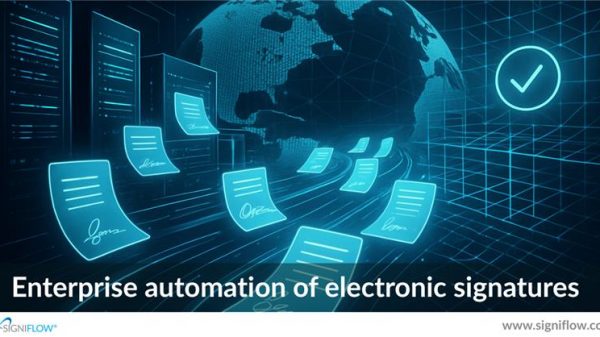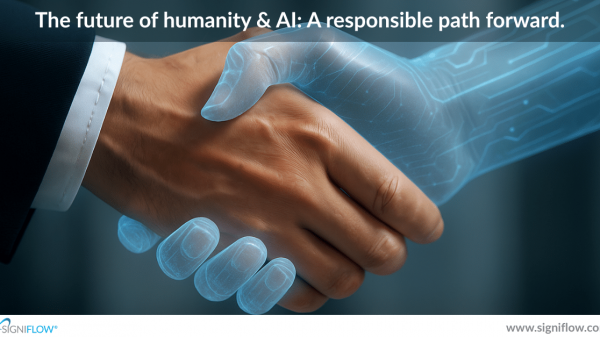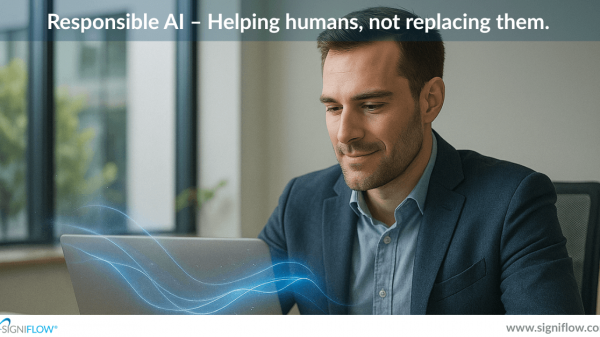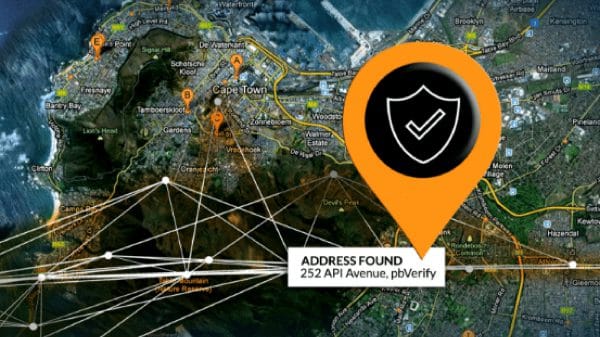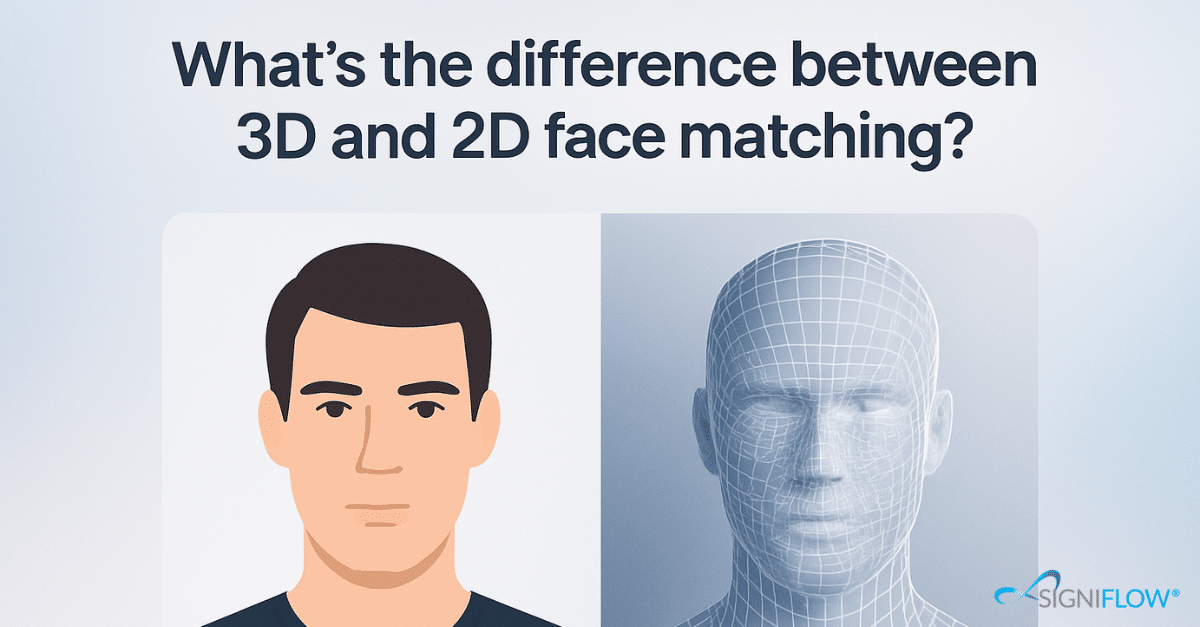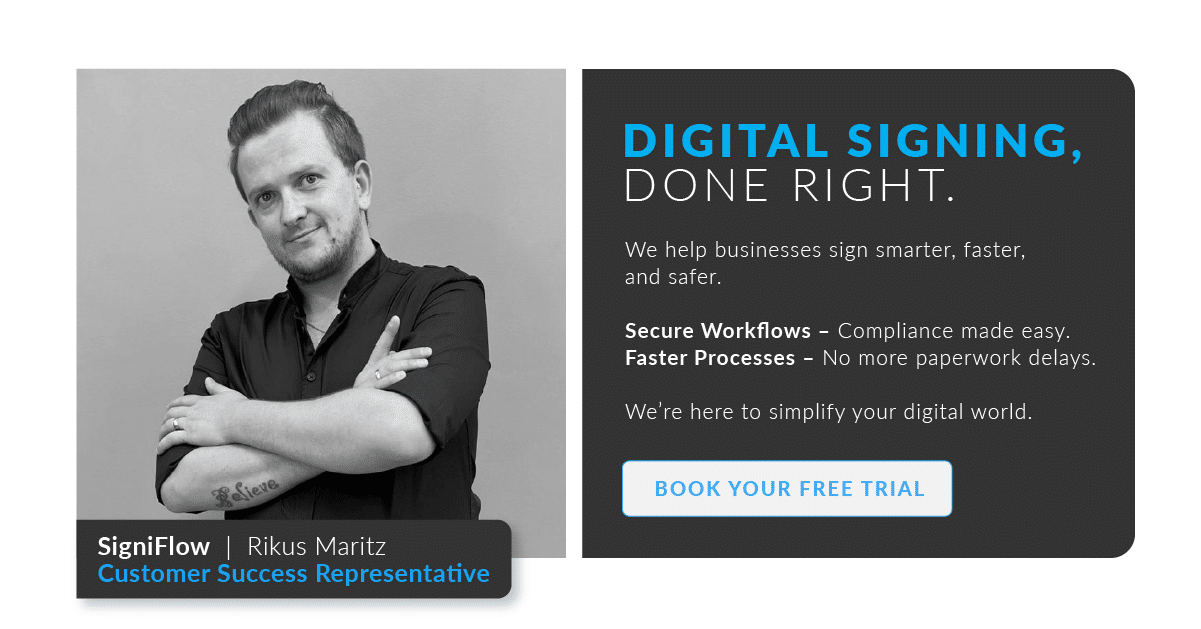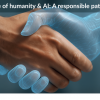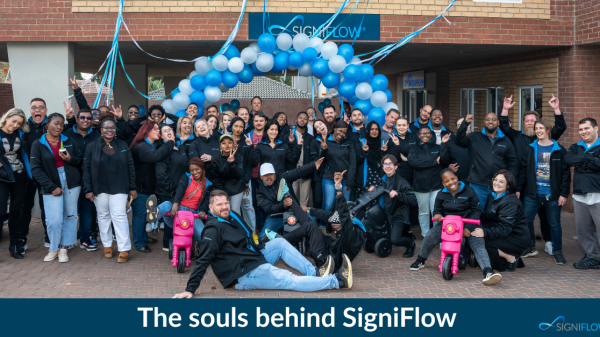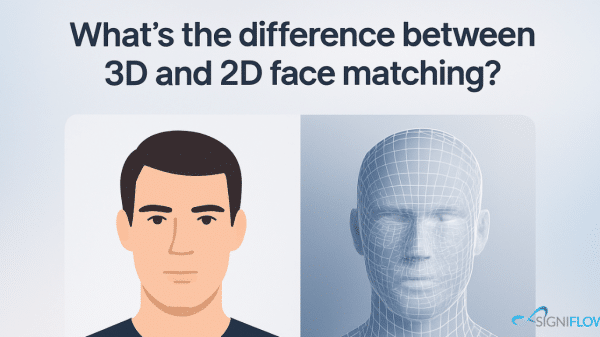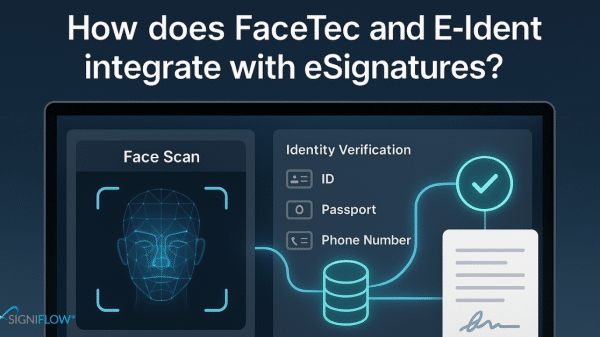When it comes to verifying someone’s identity remotely, face matching has become a vital part of digital onboarding and fraud prevention. But not all face-matching tools are the same. While many companies still rely on 2D face matching, forward-thinking security teams are shifting to 3D face matching for its accuracy, resilience to fraud, and compliance with global biometric standards.
In this blog, we’ll explore what face matching really means, how 3D face matching compares to 2D, and why the type of face matching you use could be the difference between airtight security and costly fraud. Whether you’re in banking, insurance, telecoms, or another regulated industry, face matching deserves a second look.
Why does the type of face matching matter?
In high-stakes industries like banking, insurance, and telecoms, the type of face matching you use can directly impact your exposure to fraud. 2D face matching relies on flat image comparisons, the same method many fraudsters have learned to trick with printed photos, masks, or deepfake videos.
3D face matching, on the other hand, analyses depth, contour, and movement to ensure the person is real and present. For companies serious about security, face matching needs to evolve.
How does 2D face matching work?
Most traditional verification systems use 2D face matching to compare a selfie against the face on an identity document. This process involves extracting a set of facial features, like the distance between eyes, nose shape, or jawline, from a 2D image, and checking how closely it matches the reference image.
The challenge? 2D face matching doesn’t assess whether the person is physically present or whether the image is a live capture. As a result, 2D face matching is vulnerable to spoofing attacks.
What are the limitations of 2D face matching?
Although 2D face matching is fast and inexpensive, it’s also far less secure. It can be tricked by high-resolution photos, video replays, or even printed selfies held up to a camera. Without the ability to detect liveness or depth, 2D face matching simply can’t guarantee that the person being verified is who they claim to be.
This limitation poses a real risk to regulated industries where compliance and security are non-negotiable.
What makes 3D face matching different?
3D face matching captures and analyses three-dimensional facial data, including the depth and structure of a person’s face. It evaluates natural facial movements, detects involuntary muscle contractions (micromovements), and performs liveness detection in real time.
This means 3D face matching doesn’t just compare photos, it verifies that a live, real person is in front of the camera, helping businesses stop impersonation and synthetic fraud attempts in their tracks.
The type of face matching you use could be the difference between airtight security and costly fraud.
How does 3D face matching improve fraud prevention?
By using advanced depth mapping and liveness detection, 3D face matching closes the gaps that 2D verification tools leave open. For example, SigniFlow’s FaceSign uses certified 3D face matching technology to detect even the most sophisticated spoofing attempts, from silicone masks to deepfake videos.
This makes 3D face matching an essential tool for KYC, onboarding, and ongoing user authentication in sectors where fraud is a daily threat.
Is 3D face matching more accurate than 2D?
Yes; 3D face matching consistently outperforms 2D in accuracy and reliability. With 2D systems, lighting, angle, or even slight facial changes (like facial hair or ageing) can affect the match. 3D face matching uses geometric depth and skin texture patterns to create a biometric signature that’s unique and difficult to fake.
The result is
- higher match rates
- fewer false positives, and
- better user experience for real customersHow does 3D face matching support compliance?
For organisations bound by KYC, AML, and POPIA or GDPR regulations, using secure, standards-based technology is critical. 3D face matching technologies that meet ISO/IEC 30107-3 standards for biometric presentation attack detection (PAD) offer a defensible way to prove compliance.
SigniFlow’s FaceSign meets these requirements, helping customers show regulators that their face matching system is secure, accurate, and not easily manipulated.
Can 3D face matching be used in remote onboarding?
Absolutely. 3D face matching has become a powerful enabler of remote onboarding, especially in sectors where users don’t visit branches or offices. Unlike in-person ID checks, 3D face matching can be performed on a smartphone or laptop in seconds, reducing friction without compromising on identity assurance.
This is particularly important for telcos and banks expanding into underserved or digital-only markets.
Does 3D face matching work without national databases?
One of the strengths of 3D face matching is that it doesn’t rely on access to centralised government databases like South Africa’s Department of Home Affairs (DHA). This makes it ideal for organisations that want to verify identity in real time, even when DHA or Companies and Intellectual Property Commission (CIPC) data is unavailable or unreliable.
With SigniFlow’s FaceSign, face matching is based on the person’s biometric features, not their presence in an external database.
Is 3D face matching difficult to integrate?
Absolutely not. With cloud-first platforms like SigniFlow, 3D face matching can be easily integrated into existing workflows via API or no-code configurations. Face matching can be added to onboarding journeys, digital signature flows, or identity checks without disrupting current systems.
For enterprises that want strong identity assurance without sacrificing speed or flexibility, FaceSign makes 3D face matching plug-and-play.
How does SigniFlow’s FaceSign lead the 3D face matching space?
FaceSign, part of the SigniFlow suite, offers 3D face matching with ISO 30107-3 certified liveness detection, ensuring every user is verified securely and legally. Built for regulated industries, FaceSign integrates seamlessly with digital signing and workflow automation tools, giving organisations a complete eSign + IDV solution.
Whether you’re onboarding customers, verifying signatories, or protecting high-value workflows, FaceSign’s face matching engine provides unparalleled protection.
2D face matching relies on flat image comparisons, the same method many fraudsters have learned to trick with printed photos, masks, or deepfake videos. 3D face matching, on the other hand, analyses depth, contour, and movement to ensure the person is real and present.
What’s next for face matching in regulated industries?
As fraudsters adopt AI-powered tools to bypass traditional ID checks, the demand for robust face matching is growing. 3D face matching is fast becoming the industry standard for KYC and onboarding security.
For financial services, telcos, and insurance companies that need to stay ahead of threats, and meet evolving compliance standards, adopting 3D face matching is essential.
Final thoughts: Don’t let outdated face matching expose your business
If your organisation still relies on 2D face matching, you may be more exposed than you think. It’s time to rethink identity verification and upgrade to a solution that can keep pace with modern fraud tactics.
With SigniFlow’s FaceSign, you get 3D face matching that’s secure, fast, and designed for regulated environments, without needing DHA or central database access.
Real people, real-time verification, real security.
Want to see FaceSign in action?
Ready to upgrade from 2D to 3D face matching?
Book a quick demo and see how SigniFlow’s FaceSign reduces fraud, speeds up onboarding, and keeps you compliant, without relying on DHA or external databases.



